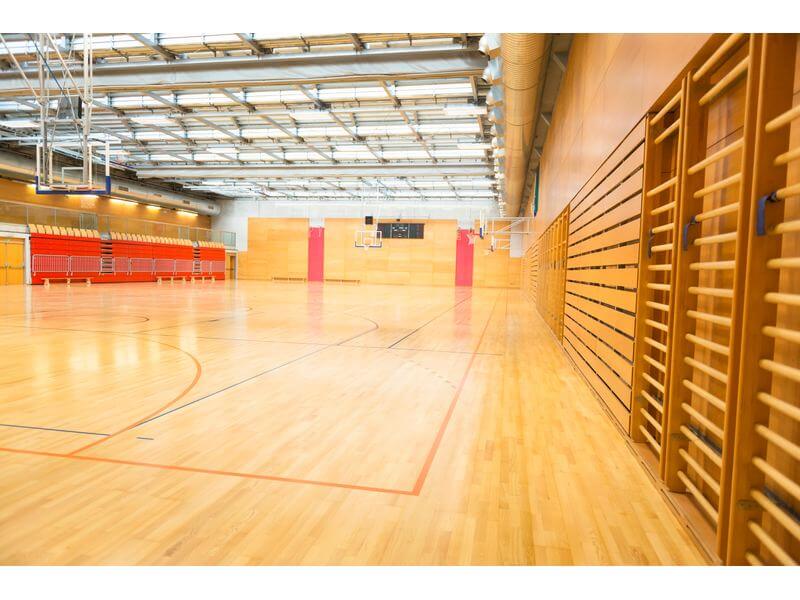The PE Reporting Bill (officially known as Intro 644) was signed into law by Mayor Bill de Blasio last week, marking a major step forward for the campaign to improve physical education in city schools. The new law will require the city to share just how much time (or how little) students are getting for physical education. It will also disclose other important data, including how many kids are actually receiving the amount of PE instruction that state law requires.
Sponsored
Mayor de Blasio signs bill to strengthen PE in city schools

iStock
“The new PE Report Card will shine a bright spotlight on how New York City provides physical education for kids,” says Robin Vitale, senior director of government relations with the American Heart Association. “It’s going to help both parents and concerned advocates get a firmer grasp on what schools are doing and what obstacles might exist.”
Vitale points to a troubling trend regarding the lack of adequate PE instruction in New York City schools. A 2013 survey conducted by the American Heart Association found that a startling number of schools were struggling to offer quality physical education at a consistent rate. Joining forces with other like-minded organizations, now known as the Phys Ed 4 All coalition, the group has called upon the city to do better.
And there are signs of progress. Council Members Crowley and Dromm took action and introduced the legislation. City Comptroller Scott Stringer’s office became engaged—releasing its own report earlier this year that largely corroborated the coalition’s research. While gaps remain in the criteria that will be reported in the new law, it is a start toward improving the quality of physical education in NYC.
“Across the board, the feedback we’ve gotten from schools is that they would really like to implement better quality PE programs, but the culture and infrastructure that exists around city schools right now makes it difficult to prioritize,” adds Vitale.
Schools shared a slew of common obstacles. The most prevalent roadblocks have to do with lack of both adequate space and certified PE teachers. Comptroller Stringer’s report drew attention to a significant number of city schools that have no certified PE teachers at all.
With regard to space concerns, the problem is especially pronounced in buildings where several schools are sharing one gym space. Because physical education is a graduation requirement, high school students often get first dibs. Unfortunately, this leaves other students fighting for access to crowded PE classes or foregoing appropriate PE at all.
In spite of this, some schools have been able to implement creative solutions.
“Some schools are working hard to overcome their space limitations,” says Vitale. “The solutions are there. Unfortunately, as long as the city ignores the laws that require PE, those results aren’t often shared with other schools.”
While the new PE reporting law certainly isn’t a solution in itself, it will provide a raw look at how well city schools are doing to comply with state laws. For elementary school, the state requires that children get 120 minutes of physical education per week. At the secondary level, this number goes down to 90 minutes per week.
Vitale remarks that both requirements actually fail to meet the preferred national guidelines (150 minutes for elementary students, 225 minutes for older kids).
“It shouldn’t matter where a student goes to school in the city. Every child deserves quality physical education,” she adds. “We want PE to be elevated to the same level of significance and respect as any other course that is offered to students. Unfortunately, we’re seeing pretty consistently that this is simply not happening in New York City schools.”


















